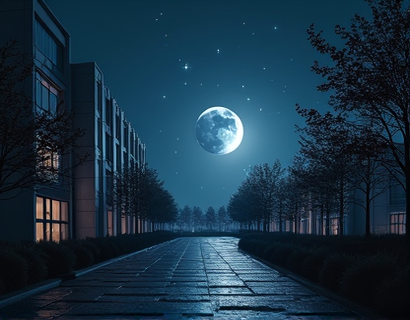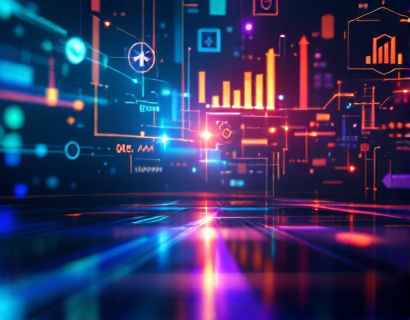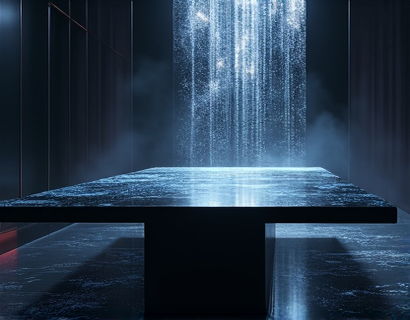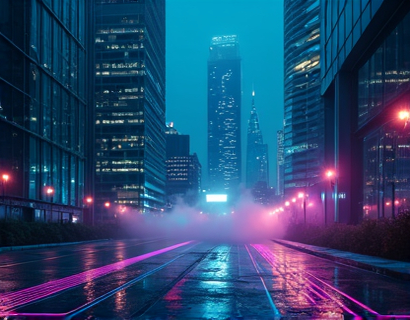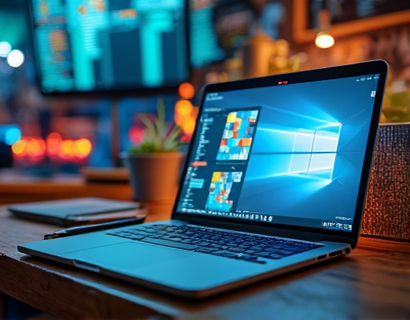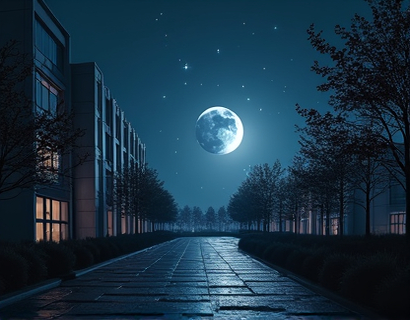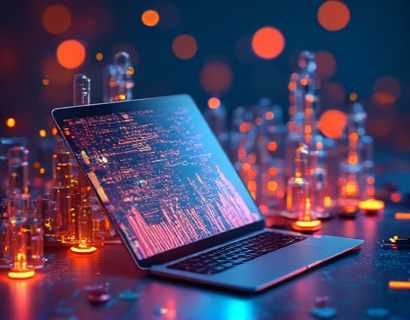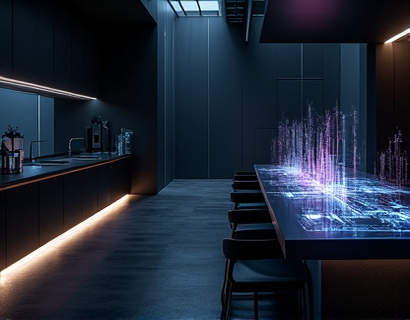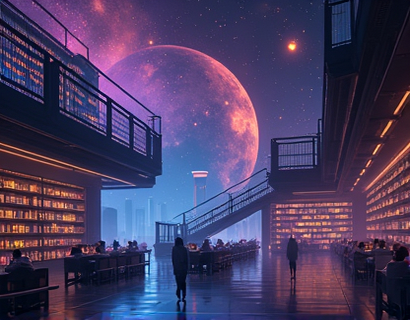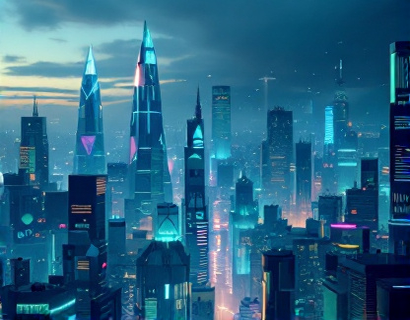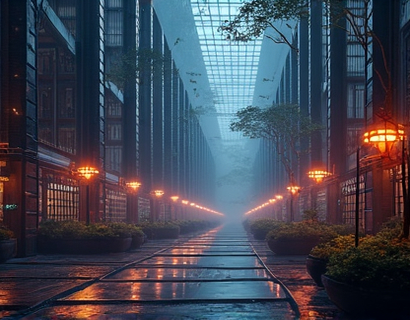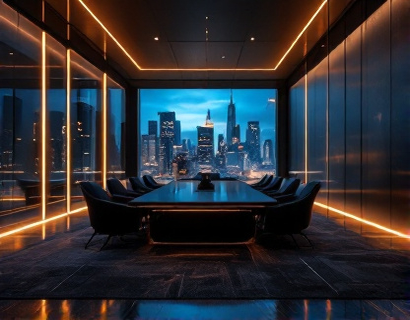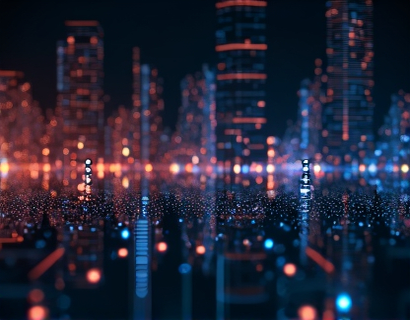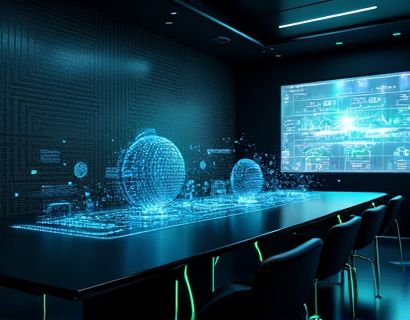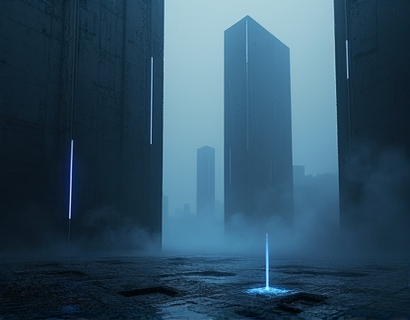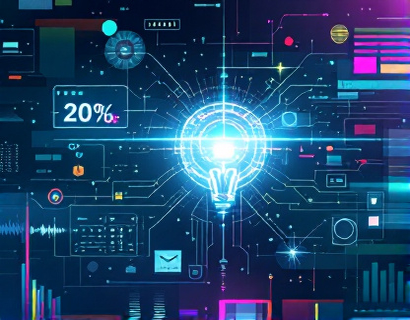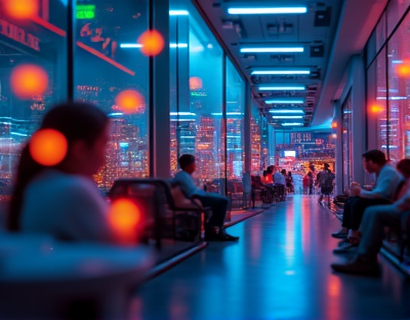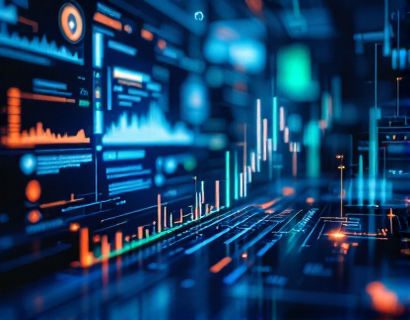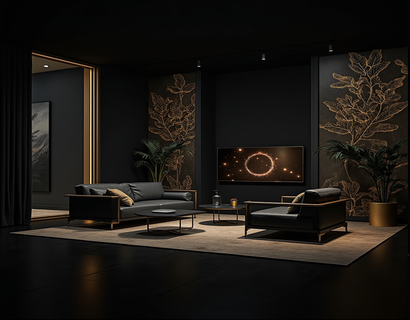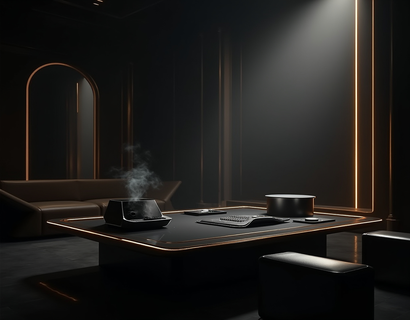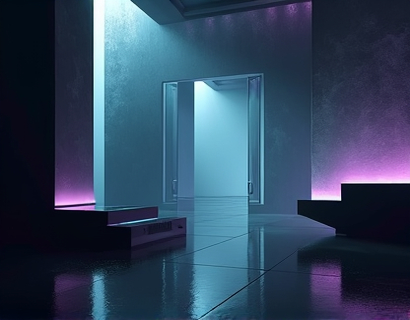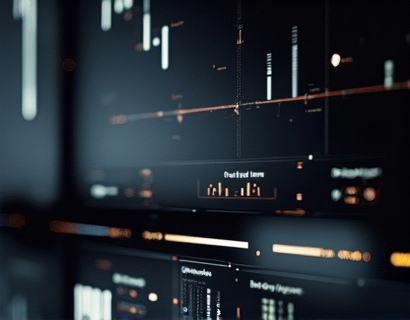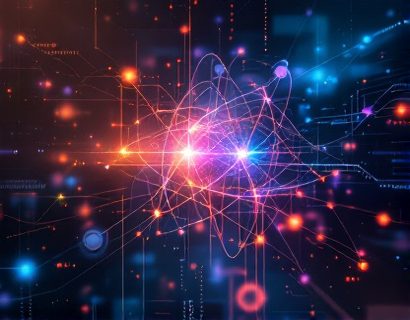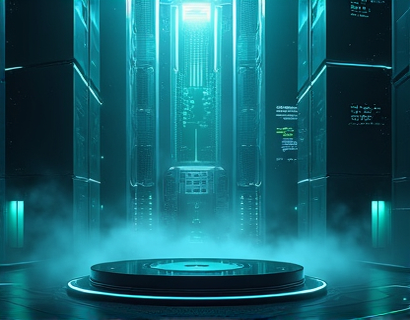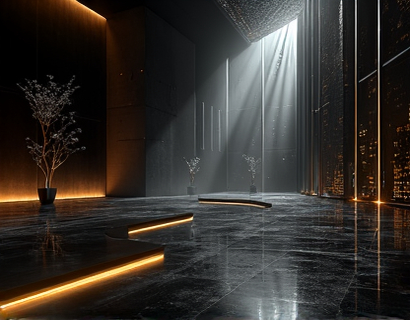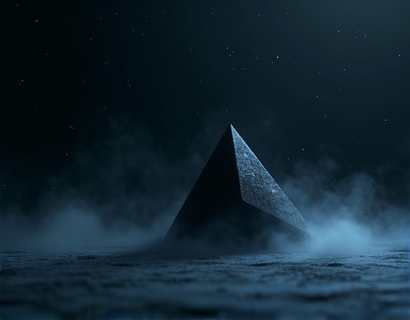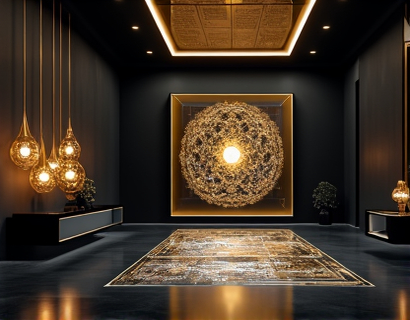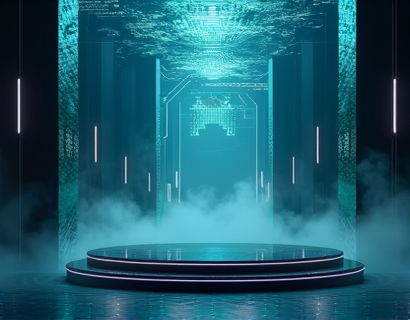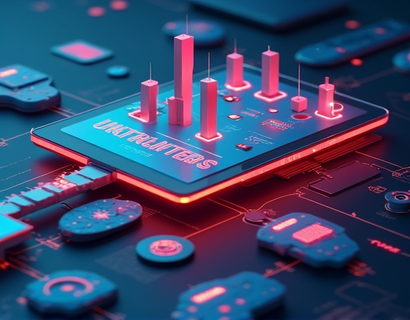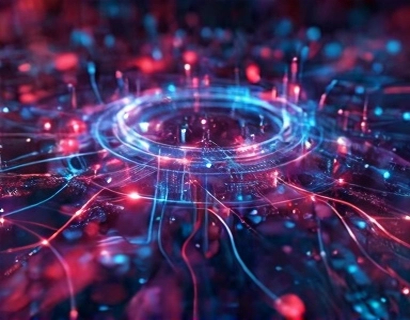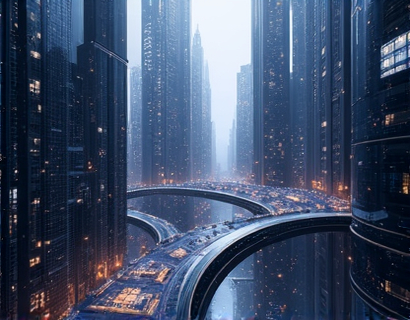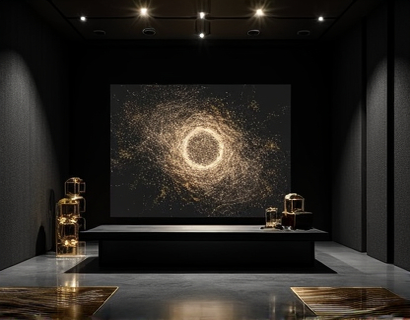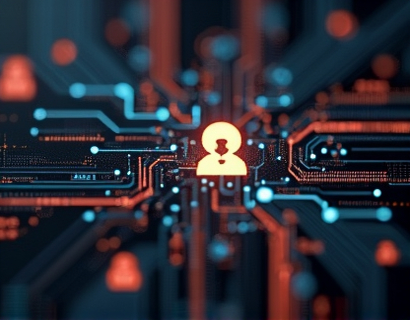Unlocking Creativity: Mastering Advanced Digital Creature Design
In the realm of digital art and design, the ability to create and customize unique creatures has become an essential skill for artists, game developers, and digital enthusiasts. The integration of advanced technology with comprehensive asset libraries has revolutionized the way creatives approach this task. This article delves into the intricacies of mastering digital creature design, focusing on the tools and platforms that empower users to transform their imaginative ideas into captivating realities.
The journey begins with understanding the core components of digital creature design. At its essence, creating a digital creature involves a blend of artistry, technical skill, and creativity. The process starts with conceptualization, where the designer envisions the creature's appearance, behavior, and role within a larger narrative or environment. This initial phase is crucial as it sets the foundation for the entire design process.
One of the key challenges in digital creature design is the creation of diverse and detailed assets. Traditional methods often involve manually crafting each element, a time-consuming and labor-intensive process. However, with the advent of advanced digital tools and extensive asset libraries, designers can now access a wealth of pre-made components that can be customized and combined to create unique creatures. These asset libraries encompass a wide range of elements, including 3D models, textures, animations, and effects, providing a solid starting point for any design project.
The integration of advanced technology in digital creature design has introduced several innovative features. One such feature is procedural generation, which allows for the automatic creation of complex and varied assets based on predefined rules. This technique not only saves time but also ensures consistency and quality in the final product. Procedural generation can be applied to various aspects of creature design, from the topology of 3D models to the patterns on textures, offering endless possibilities for creativity.
Another significant advancement is the use of machine learning and artificial intelligence in the design process. AI algorithms can analyze existing designs, identify patterns, and suggest new variations or improvements. This technology can assist designers in exploring uncharted territories of creativity, pushing the boundaries of what is possible in digital creature design. For instance, AI can generate unique color palettes, body structures, or movement patterns that a human designer might not consider, thereby expanding the creative horizon.
For artists and game developers, the ability to seamlessly integrate these advanced tools into their workflow is paramount. A user-friendly interface that simplifies the process of accessing and manipulating assets is essential. The design tool should provide intuitive controls and a logical layout, allowing users to focus on the creative aspects rather than getting bogged down by technical hurdles. This balance between functionality and ease of use is what sets apart a good design platform from a great one.
Moreover, the importance of a comprehensive asset library cannot be overstated. A rich and diverse library ensures that designers have the necessary components to bring their visions to life. The assets should be high-quality, versatile, and easily customizable to fit various design needs. Whether it's a fantastical creature for a role-playing game or a mythical being for a fantasy story, the asset library should cater to a wide range of genres and styles.
In addition to asset availability, the platform should offer robust customization options. Users should be able to modify existing assets with precision, adjusting parameters such as scale, proportion, and detail level. Advanced editing tools, such as sculpting and retopping, enable designers to refine and perfect their creations. These tools are particularly useful for achieving the level of detail required for high-fidelity digital creatures.
Collaboration and community are also vital components of a successful digital creature design platform. A vibrant community of creatives can provide inspiration, feedback, and support, fostering a collaborative environment that enhances the overall creative experience. Features such as sharing, commenting, and rating systems allow users to showcase their work, receive constructive criticism, and learn from others. This community aspect not only enriches the individual creative journey but also contributes to the collective advancement of the field.
For digital art enthusiasts and hobbyists, access to such a platform can be transformative. It democratizes the creative process, allowing individuals with varying levels of expertise to participate and contribute. The platform should be accessible to users with different skill sets, providing tutorials, guides, and resources to help beginners get started while offering advanced features for seasoned professionals.
Furthermore, the platform should support a wide range of output formats and resolutions, ensuring that the final creations can be used across various mediums. Whether the digital creature is destined for a video game, an animated film, or a digital art gallery, the platform should accommodate different requirements and standards. This versatility is crucial for designers who need to adapt their work to diverse projects and platforms.
The impact of advanced digital creature design extends beyond the creative process itself. In the gaming industry, for example, unique and well-designed creatures can significantly enhance the player experience, adding depth and immersion to the game world. In the realm of digital art, these creatures can serve as standalone pieces or as elements in larger compositions, offering endless possibilities for artistic expression.
As the field continues to evolve, the demand for skilled digital creature designers is on the rise. Professionals who master these advanced tools and techniques will be in high demand, opening up numerous career opportunities. Whether working as concept artists, modelers, or animators, the ability to create compelling digital creatures is a valuable skill that can propel a career forward.
In conclusion, mastering advanced digital creature design with a comprehensive asset library and cutting-edge tools is an exciting and rewarding endeavor. It offers a blend of artistic freedom and technical precision, enabling creators to bring their most imaginative ideas to life. By leveraging these resources, artists, game developers, and digital enthusiasts can elevate their creative process, join a supportive community, and unlock their full potential in the world of digital art and design.



